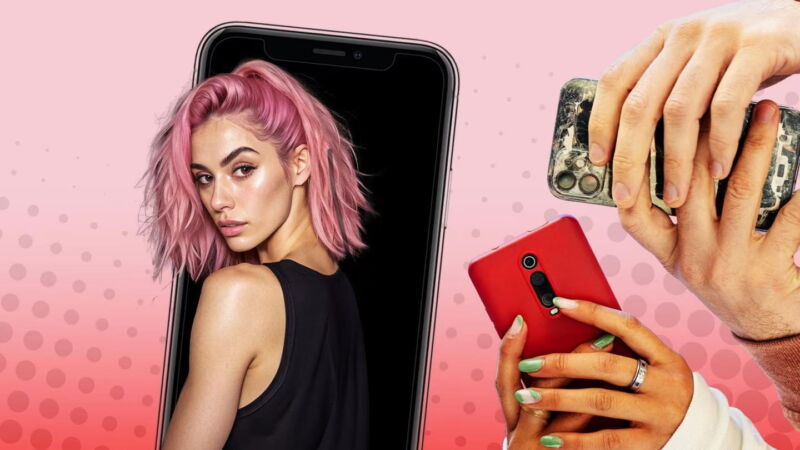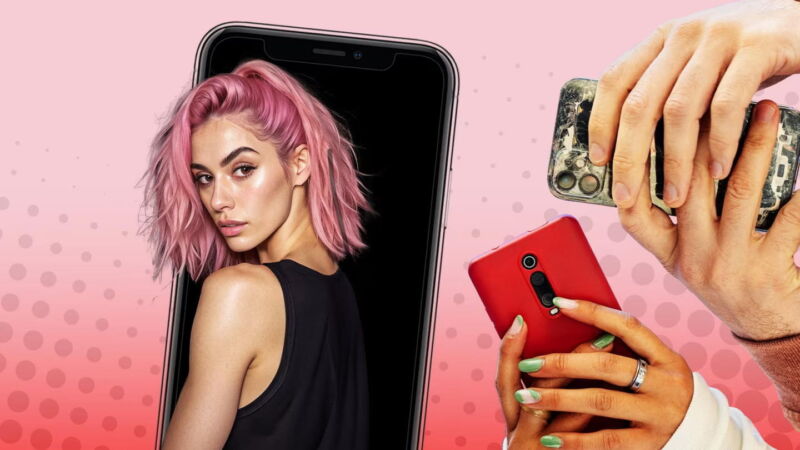

Pink-haired Aitana Lopez is followed by more than 200,000 people on social media. She posts selfies from concerts and her bedroom, while tagging brands such as hair care line Olaplex and lingerie giant Victoria’s Secret.
Brands have paid about $1,000 a post for her to promote their products on social media—despite the fact that she is entirely fictional.
Aitana is a “virtual influencer” created using artificial intelligence tools, one of the hundreds of digital avatars that have broken into the growing $21 billion content creator economy.
Their emergence has led to worry from human influencers their income is being cannibalized and under threat from digital rivals. That concern is shared by people in more established professions that their livelihoods are under threat from generative AI—technology that can spew out humanlike text, images and code in seconds.
But those behind the hyper-realistic AI creations argue they are merely disrupting an overinflated market.
“We were taken aback by the skyrocketing rates influencers charge nowadays. That got us thinking, ‘What if we just create our own influencer?’” said Diana Núñez, co-founder of the Barcelona-based agency The Clueless, which created Aitana. “The rest is history. We unintentionally created a monster. A beautiful one, though.”
Over the past few years, there have been high-profile partnerships between luxury brands and virtual influencers, including Kim Kardashian’s make-up line KKW Beauty with Noonoouri, and Louis Vuitton with Ayayi.
Instagram analysis of an H&M advert featuring virtual influencer Kuki found that it reached 11 times more people and resulted in a 91 percent decrease in cost per person remembering the advert, compared with a traditional ad.

